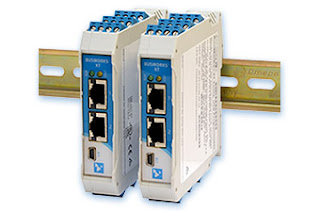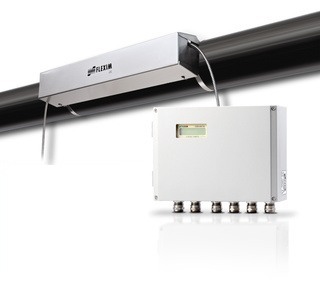 |
Sentry IT Controller For Hazardous Gas Detection Monitoring
Courtesy Sierra Monitor |
Industrial processes, by their scale and nature, are rife with hazards. As a process designer, engineer, or operator, protection of the facility, employees, and surrounding community ranks highest among our many responsibilities. Some hazards are apparent, visible, easily detected. Others are not. Technology and ingenuity play a substantial role in providing acceptable levels of safety in modern facilities.
Properly designing a hazardous gas monitoring system starts with identifying the target elements and their sources. Gaseous hazards can generally be divided into three general classes, all of which can be specifically targeted with a properly configured gas monitoring system.
- Combustible gas concentrations subject to ignition and explosion.
- Toxic gas with inherent personnel risk.
- Insufficient oxygen levels to support human respiration.
The best overall system configuration can be achieved through a combination of detectors, communications, and response that will provide accurate sensing of the target hazard, reliable and predictable transmission of information, and preconfigured response when alarm limits are triggered. Some product features for the detector monitor that may prove useful in a well specified installation:
- A means to non-intrusively calibrate all sensors at the same time
- Ability to diagnostically monitor connected sensors for performance.
- Provision of an easily operable interface for users.
- Battery backup to maintain operation during a power outage.
- Network and protocol compatibility with a range of industry accepted standards.
- Simple means to upgrade operating software.
- Compatibility with detection devices from a broad array of sources.
- Input capacity for more sensors than your current requirement.
I have included a bulletin describing such a unit, manufactured by
Sierra Monitor. Browse the document and contact a hazardous gas detection application
specialist to get more details and discuss your hazardous gas detection challenges. The best solutions come from combining your process knowledge and experience with that of a product application specialist.






